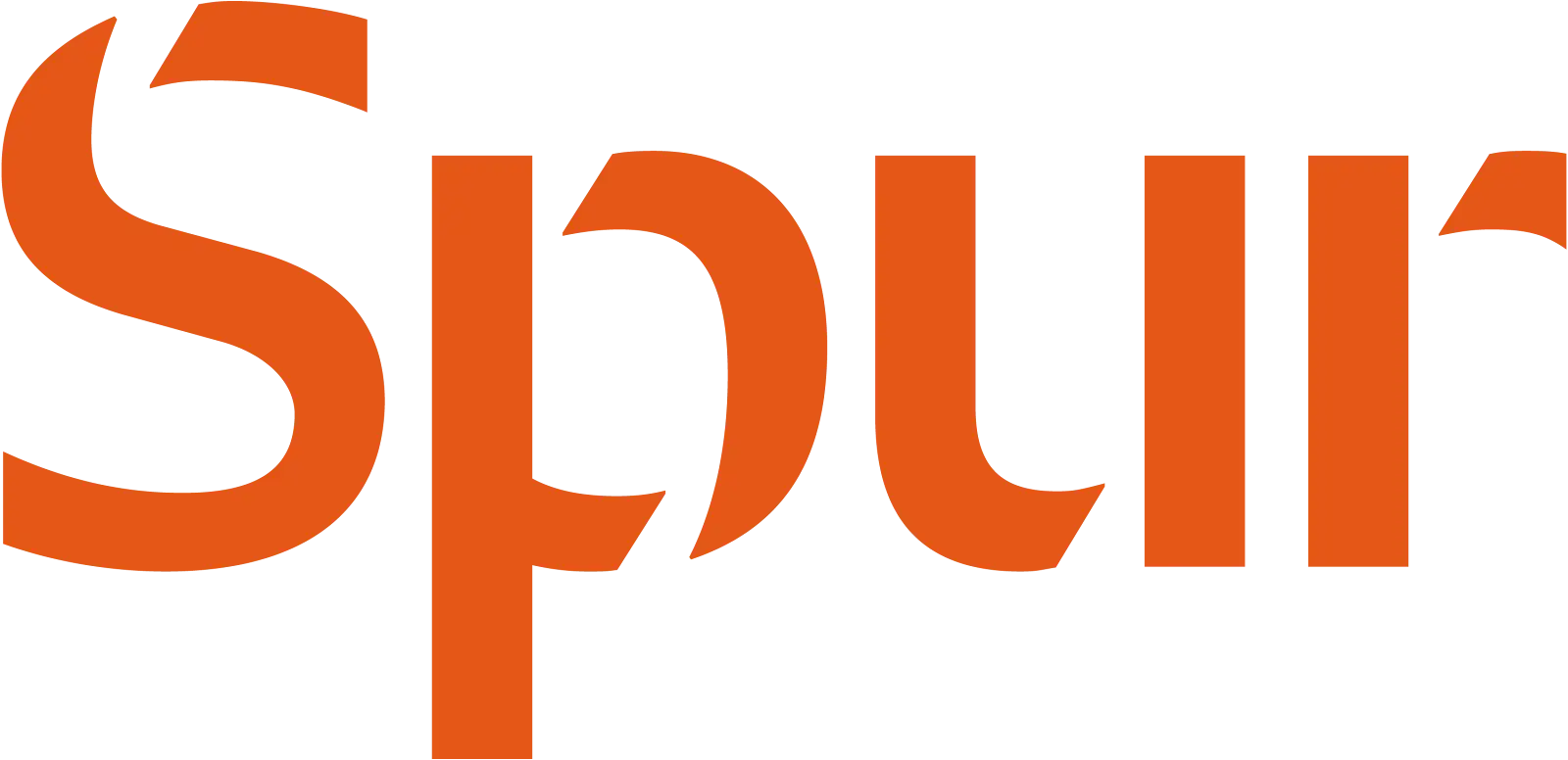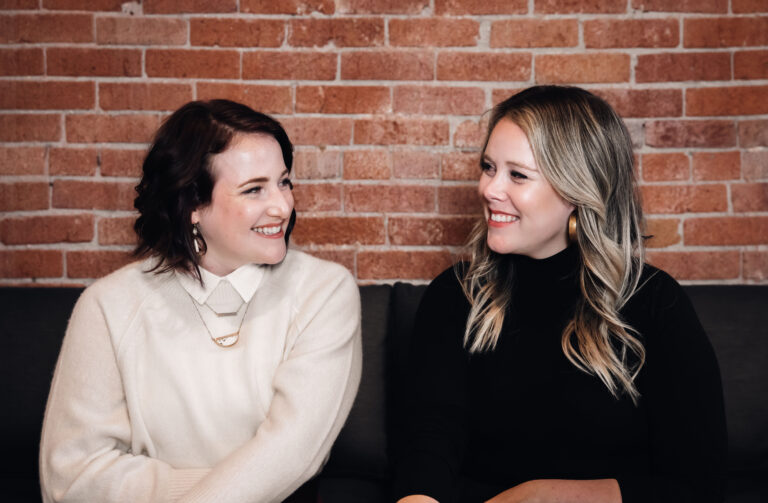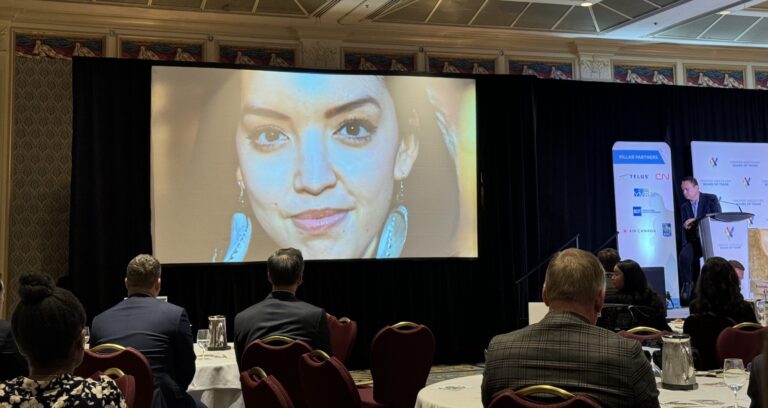At Spur Communication, we understand language shapes perceptions, attitudes, and beliefs. As strategic communication consultants committed to intersectional feminism, we recognize language’s vital role in supporting 2SLGBTQIA+ rights and fostering inclusion. In this edition of our Building Better Conversations series, we dive into the importance of embracing 2SLGBTQIA+ inclusive language. We aim to challenge heteronormative assumptions, promote the use of gender-inclusive pronouns, and acknowledge the diverse gender identities and sexual orientations that enrich our communities.
essential do’s of 2SLGBTQIA+ inclusive language
do reject heteronormativity
Heteronormativity refers to the assumption that heterosexuality is the default or ‘normal’ sexual orientation, while other orientations are seen as deviations. This deeply ingrained bias leads to the erasure and marginalization of 2SLGBTQIA+ individuals and their experiences. By challenging heteronormativity in our language, we take a small step toward a more welcoming and respectful environment for all.
DON’T assume someone’s partner or spouse is of the opposite sex.
do use gender-inclusive pronouns
Gender-inclusive pronouns are an essential aspect of respectful communication. Traditional binary pronouns like “he” and “she” don’t accurately represent everyone’s gender identity. Inclusive language involves using pronouns such as “they/them.” The most essential piece of using inclusive pronouns is mirroring back people’s pronoun preferences, whatever they may be. Taking the time to inquire about someone’s pronouns and using them correctly demonstrates respect and support.
DON’T adopt gendered terms like ‘mother’ or ‘father’ unless someone has used those terms to describe themselves first.
do acknowledge diverse gender identities
Language has the power to validate and affirm individuals’ gender identities. Recognizing and acknowledging the spectrum of gender identities, including transgender, genderqueer, genderfluid, and agender, fosters a more inclusive and understanding society. Avoiding assumptions about someone’s gender identity based on appearance or name and using the correct terminology are crucial steps toward creating safe and inclusive spaces.
DON’T address a group by saying ‘ladies and gentlemen’ or ‘boys and girls,’ as you may offend or leave people out. Instead, try using neutral groupings like: ‘guests,’ ‘friends,’ ‘colleagues,’ or ‘folks.’
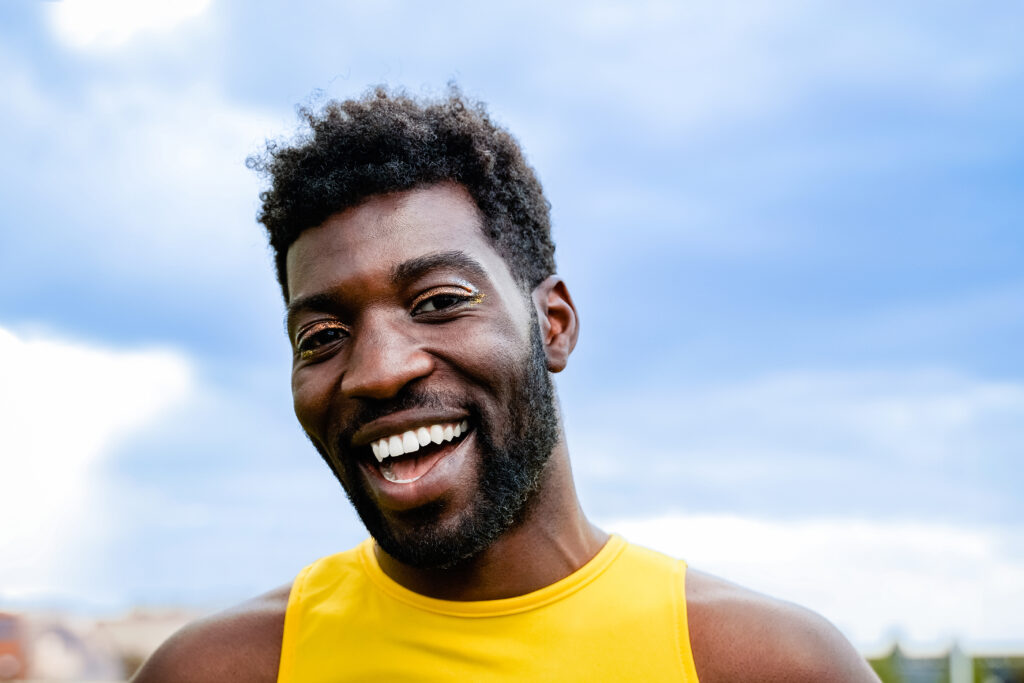
educating ourselves and others
When discussing 2SLGBTQIA+ issues and rights, it is essential to center the experiences and voices of 2SLGBTQIA+ individuals. Don’t make assumptions or generalizations. Instead, seek to understand the diverse perspectives within the community. More importantly, we must elevate the voices of 2SLGBTQIA+ activists, advocates and community leaders – amplifying their messages and experiences.
As advocates of intersectional feminism, we understand that embracing 2SLGBTQIA+ inclusive language is an ongoing learning process. Our team works to continually educates ourselves about emerging gender identities, pronouns, and evolving language preferences. We encourage open dialogue within our agency and with our clients to foster a culture of understanding and acceptance.
Incorporating 2SLGBTQIA+ inclusive language into our communication practices is about showing genuine respect and support for the 2SLGBTQIA+ community. By avoiding heteronormative assumptions, using gender-inclusive pronouns, and acknowledging diverse gender identities and sexual orientations, we build a more inclusive and compassionate society. As strategic communication consultants, we remain committed to challenging harmful narratives and promoting equitable language that embraces diversity and empowers everyone to be their authentic selves.
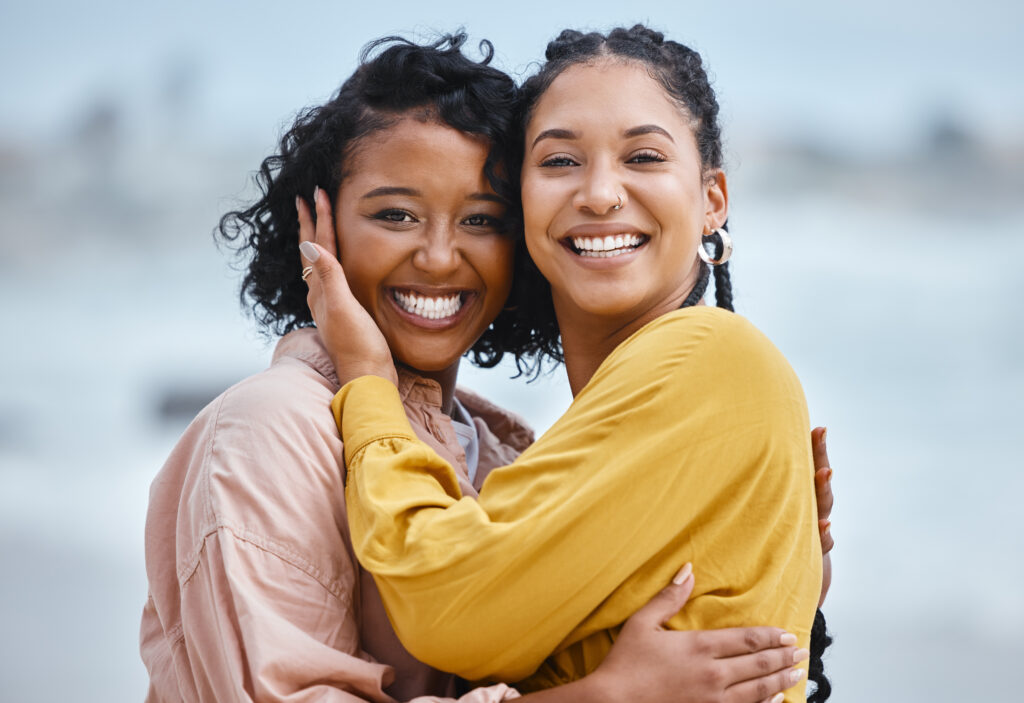
Please feel free to reach out if you have any questions or insights to add to this blog piece. We value the ongoing exchange of knowledge and strive to foster meaningful conversations around important topics like 2SLGBTQIA+ inclusive language. Together, we can create a world where everyone feels seen, heard, and valued.
For another great resource on 2SLGBTQIA+ language, check out Island Health’s Pride Inclusive Language blog or our previous piece on dismantling the gender binary to build better conversations.
